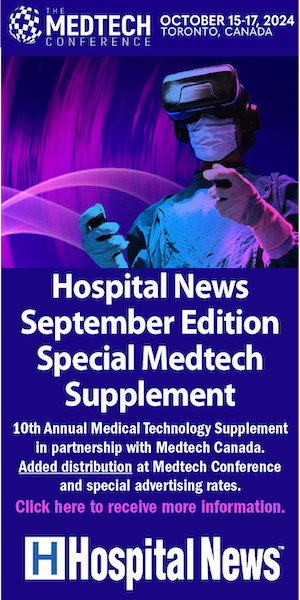By Anna Liang
We’ve all likely experienced a fall or injury that caused us some pain. Whether a strain, a sprain, or muscle pain, it’s one of the most common reasons for visiting an emergency room or seeing a doctor or other health care professional. And although acute pain doesn’t usually last long, if not treated properly it can turn into longer-term, chronic pain. But how do we effectively treat the muscle pain that follows an accident or injury?
We’ll most likely look for a pill, either a nonsteroidal anti-inflammatory drug (NSAID) like ibuprofen, or another over-the-counter option, like acetaminophen. These are, in fact, the recommended first-line treatments for acute musculoskeletal pain, which is short-term muscle or bone pain lasting less than three months. If these aren’t enough, stronger painkillers can be prescribed, including weaker opioids like tramadol or codeine, or stronger opioids like morphine or oxycodone.
However, all of these pain medications come with the risk of serious side effects. High doses of NSAIDs have been linked to increased gastrointestinal and cardiovascular disease risk, high doses of acetaminophen with liver damage, and tramadol overdoses with brain damage. Long-term opioid use is also linked to addiction, and even an increased sensitivity to pain. As opioid prescriptions rise year by year in Canada and the country grapples with an opioid crisis, there is a growing need for alternatives to treat acute musculoskeletal pain.
This is where topical NSAIDs might come in. These medications are applied on or close to the site of pain or injury. This delivery method allows the drug to be absorbed directly and avoids having the entire body exposed to the medication. This could potentially reduce the risk of side effects and of damage to other parts of the body. Topical NSAIDs are available over-the-counter and by prescription as gels, creams, patches, or other formulations.
Topical NSAIDs are an attractive option for treating acute muscle pain. But do they work? And how do they compare with other treatment options?
CADTH set out to find the evidence to answer these questions and to help patients and health care providers better understand the role of topical NSAIDs in the treatment of acute muscle pain. CADTH is an independent, not-for-profit agency that finds, assesses, and summarizes the research on drugs, medical devices, tests, and procedures to deliver a comprehensive review of the evidence to-date. CADTH reviewed the research that has been published on the effectiveness of topical NSAIDs compared with opioids to treat acute pain.
The review screened hundreds of articles and selected four relevant reports that met the strict selection criteria. Two reports analyzed multiple trials and found that most patients reported that their pain was reduced by over 50% when using topical NSAIDs in gel, plaster, and cream formulations. Another trial showed that patients had to wait a significantly shorter time for pain relief after applying a topical NSAID patch compared with receiving no active treatment. Overall the evidence showed that topical NSAIDs are effective for acute musculoskeletal pain relief, and do not cause serious side effects. Minor side effects, such as skin irritation, were rare.
However, the review did not find any studies directly comparing topical NSAIDs to opioids for acute musculoskeletal pain, or for using the topical NSAIDs to reduce the use of opioids. As a result, it’s not known how topical NSAIDs compare with opioids to treat acute muscle pain.
So what does this mean for patients with acute muscle pain and their health care providers? Well, it’s an all-too-familiar refrain, but more studies comparing the treatments for acute muscle pain are needed to understand which treatment options are the most effective. In the meantime, topical NSAIDs are at least one effective, evidence-based, treatment option.
To learn more about alternatives to opioids for pain treatment, visit www.cadth.ca/opioids and www.cadth.ca/pain. Learn more about CADTH by visiting our website at www.cadth.ca, follow us on Twitter @CADTH_ACMTS, or speak to a CADTH liaison officer in your region.
Anna Liang, BSc is a summer student at CADTH.




